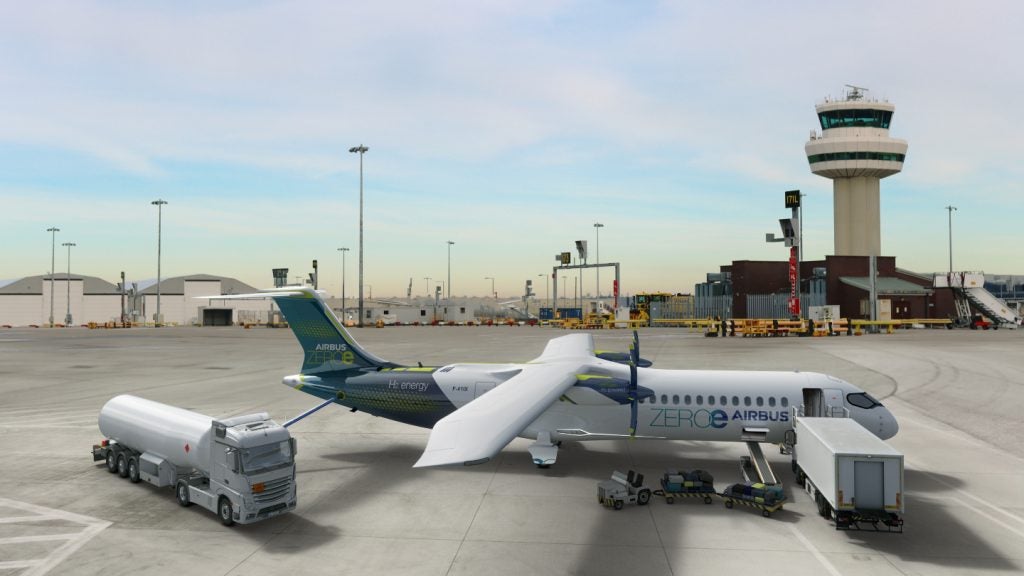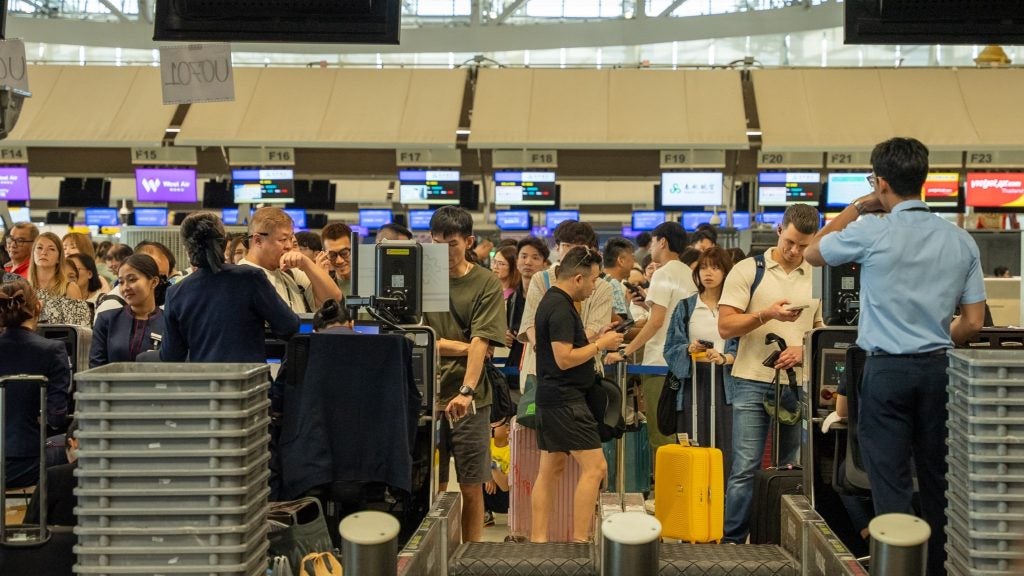
The plight of landlocked states has long been a priority for the global community, due to the very specific challenges these economies face.
Worldwide, there are currently 48 countries, including four partially recognised states, which are completely surrounded by at least one other country and lack direct coastal access to the sea. Apart from a few rich states in central Europe, 31 of these are identified as landlocked developing countries (LLDCs): 15 are located in Africa, 12 in Asia, two in Latin America and two in Central and Eastern Europe.
The World Bank estimates that LLDCs pay around 50% more in transport costs than coastal countries, and have up to 60% lower volumes of trade. This is because, in order to take part in the global economy, these countries have to contend with the financial burden of transporting goods through neighbouring countries (which doesn’t come cheap) or rely on air freight, a much more costly alternative to maritime trade.
For these countries, aviation represents an essential lifeline, and air traffic from these countries has seen faster growth than the world average.
Their plight, and unique relationship with the aviation sector, was discussed by international delegates as part of the 2017 Global Sustainable Aviation Summit, hosted in Geneva by the Air Transport Action Group (ATAG).
For example, the volume of passenger traffic in LLDCs rose by 58% from 20 million in 2010 to 31 million in 2016, compared to the world average of 44% during the same period, the International Civil Aviation Organization (ICAO) Aviation Benefits 2017 report found.
How well do you really know your competitors?
Access the most comprehensive Company Profiles on the market, powered by GlobalData. Save hours of research. Gain competitive edge.

Thank you!
Your download email will arrive shortly
Not ready to buy yet? Download a free sample
We are confident about the unique quality of our Company Profiles. However, we want you to make the most beneficial decision for your business, so we offer a free sample that you can download by submitting the below form
By GlobalDataSpeaking in Burkina Faso in 2016, ICAO secretary general Dr Fang Liu referred to aviation as a catalyst for socio-economic development. “The development of safe, secure, and efficient air connectivity is a strategic global objective for ICAO as it is a vital lever for development,” she said. “For landlocked countries in particular, such as Burkina Faso, aviation should be identified as a priority sector within its national strategy.”
ICAO’s No Country Left Behind campaign, launched in 2014, aims to ensure that all states have access to the significant socio-economic benefits of safe and reliable air transport.
Austria

The Central European country is landlocked from all sides and is one of the richest landlocked countries in the world.
Around 280,000 aircraft land or take off from Austria every year, and the air transport industry is estimated to have supported a $5.2bn gross value added contribution to GDP in Austria in 2014, according to a joint report by Oxford Economics and the International Air Transport Association (IATA).
About 1.6% of the country’s GDP is supported by the air transport sector and foreign tourism arriving by air. Most arrive through Vienna International Airport, which ranks among the top 100 in the world in terms of passenger numbers.
Visitors spent almost $20bn in the country, supporting restaurants, hotels, transport providers, and others who cater to tourists. In addition, Austria exported $230bn worth of goods and services in 2014. Over time, the country has accumulated $180bn in foreign direct investment.
The sector is also a huge employer, supporting 32,000 jobs in direct employment, via airlines, airport operators, airport on-site enterprises (restaurants and retail), aircraft manufacturers, and air navigation service.
Luxembourg
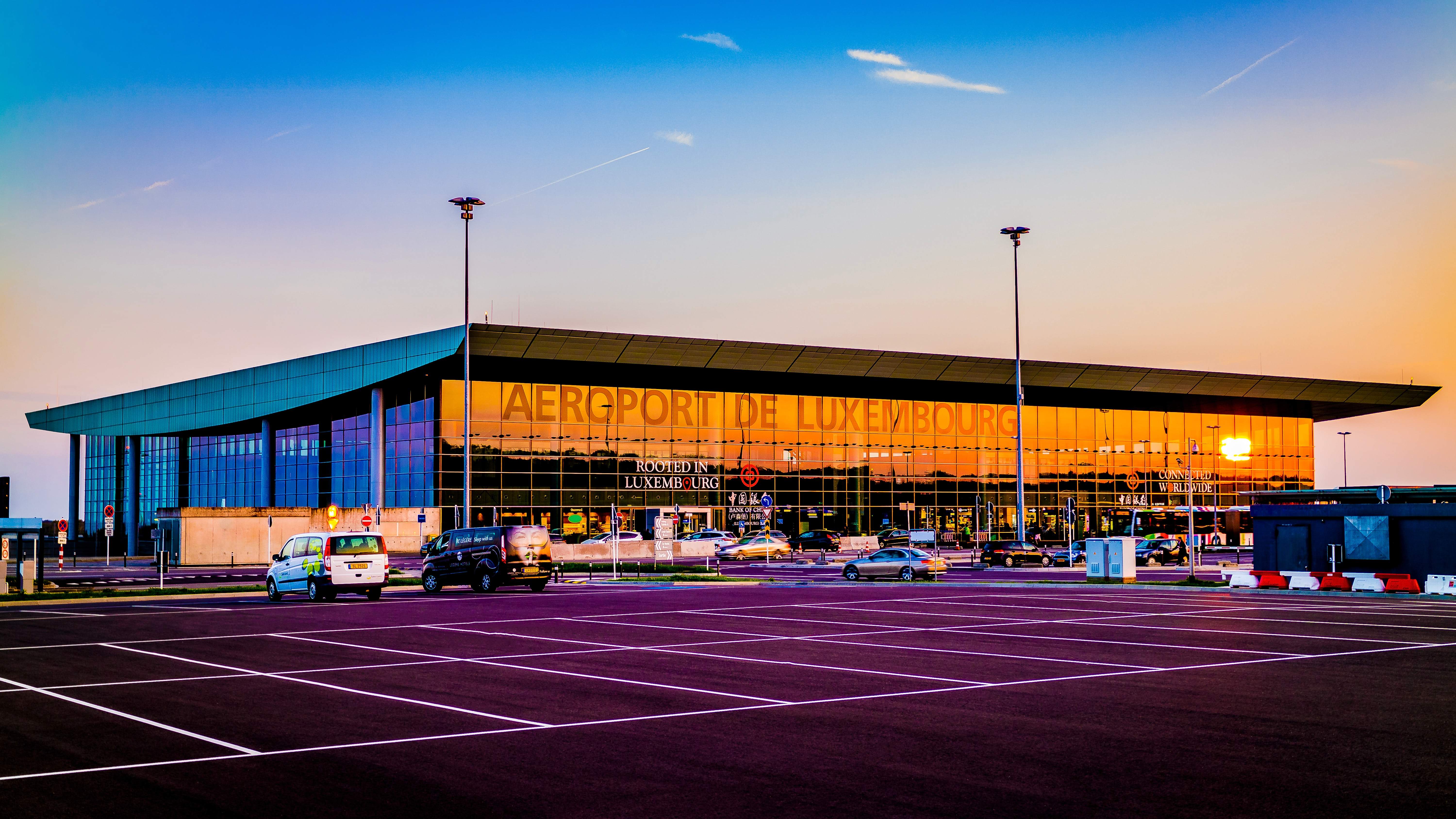
The small state of Luxembourg, locked by Germany, France and Belgium, is one of the most developed and richest landlocked nations in the world.
The aviation sector contributes 3.6% (€1.3bn) to Luxembourg’s GDP, spread between €636m directly contributed through the output of the aviation sector (airlines, airports and ground services), €155m indirectly contributed through the aviation sector’s supply chain, and €195m through spending by the employees of the aviation sector and its supply chain. A further €362m comes from tourism.
Luxembourg Airport itself is a vital element of national infrastructure and an important facilitator of economic development, reflected in the estimated 24,170 jobs supported or facilitated by the airport and its €2.6bn contribution to GDP.
Czech Republic
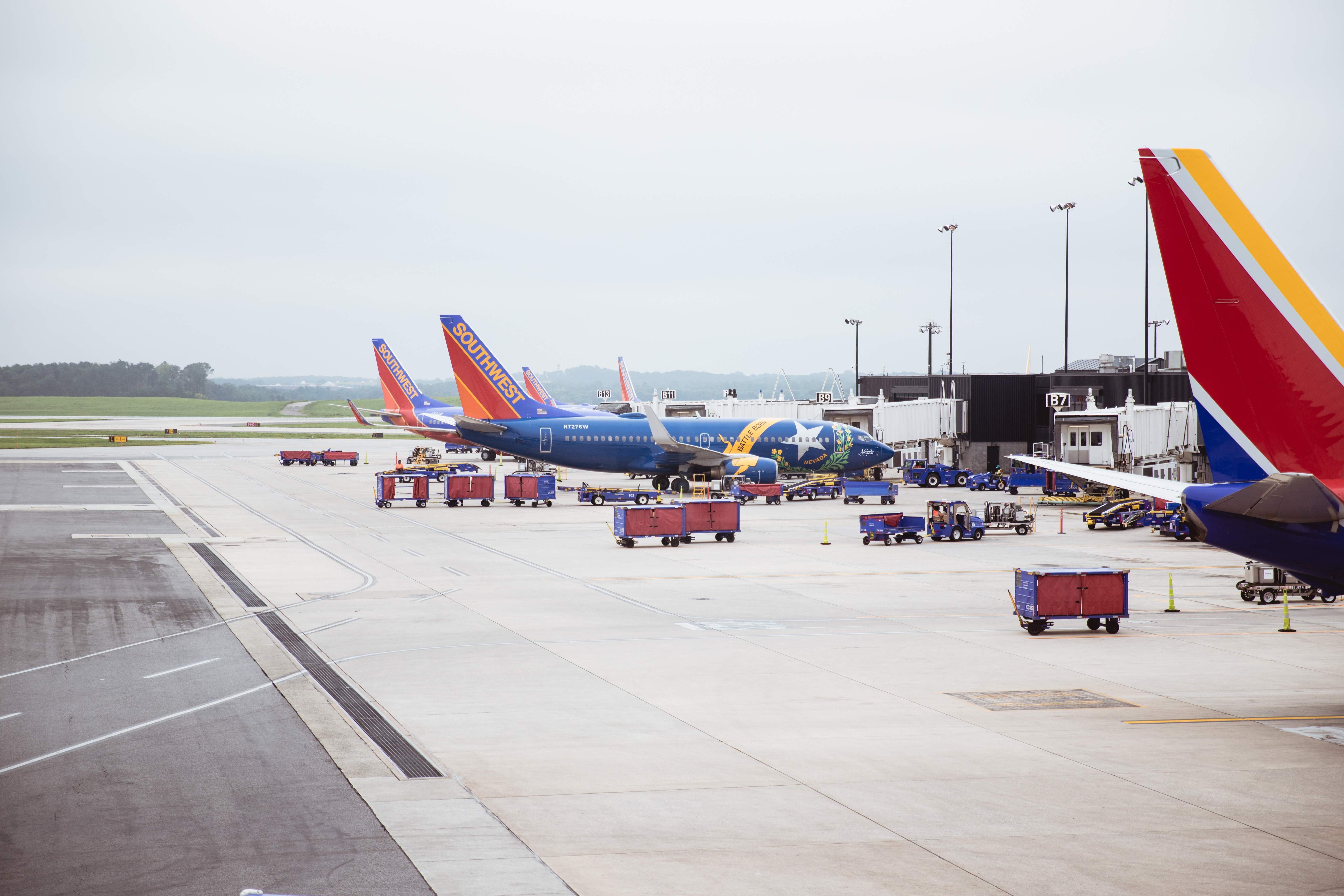
The air transport sector’s ability to connect the Czech Republic to emerging countries and fast growing cities has helped drive economic growth, elevating the country to one of the richest landlocked nations.
The Czech Republic has two direct flight destinations among the 10 fastest growing countries in the world as measured by GDP growth, and six direct flight destinations among the 20 fastest growing countries.
Around 110,000 aircraft land or take off from the Czech Republic every year, and Prague Airport is listed among the world’s top 100 busiest airports.
The Czech Republic exported $170bn worth of goods and services in 2014, and welcomed a $460m gross value added contribution from foreign tourism. This means that 1.1% of the country’s GDP was supported by the air transport sector and foreign tourists arriving by air. An attractive destination, the Czech Republic ranks tenth out of 42 in Europe for visa openness and 20th for cost competitiveness.
Switzerland

Switzerland is the world’s richest and most developed landlocked country, and its aviation sector has made a considerable contribution to that status. Air transport brings tourists and investment into the country, and helps businesses trade their goods and services around the world.
In 2014, IATA and Oxford Economics estimated that the industry was bringing in $22bn in gross value added contribution – standing at 3.1% of total GDP. Over time, the country has accumulated $760bn in foreign direct investment.
Executives surveyed by the World Economic Forum suggest that Switzerland’s air transport infrastructure quality ranks fifth out of 42 countries included in the survey in Europe and sixth globally. It ranks tenth out of 42 in Europe for visa openness and 34th for cost competitiveness.
Zurich Airport, which welcomed 27.7 million passengers last year, is listed eighth best airport in the world, the first appearance of a European airport on the list.
Rwanda
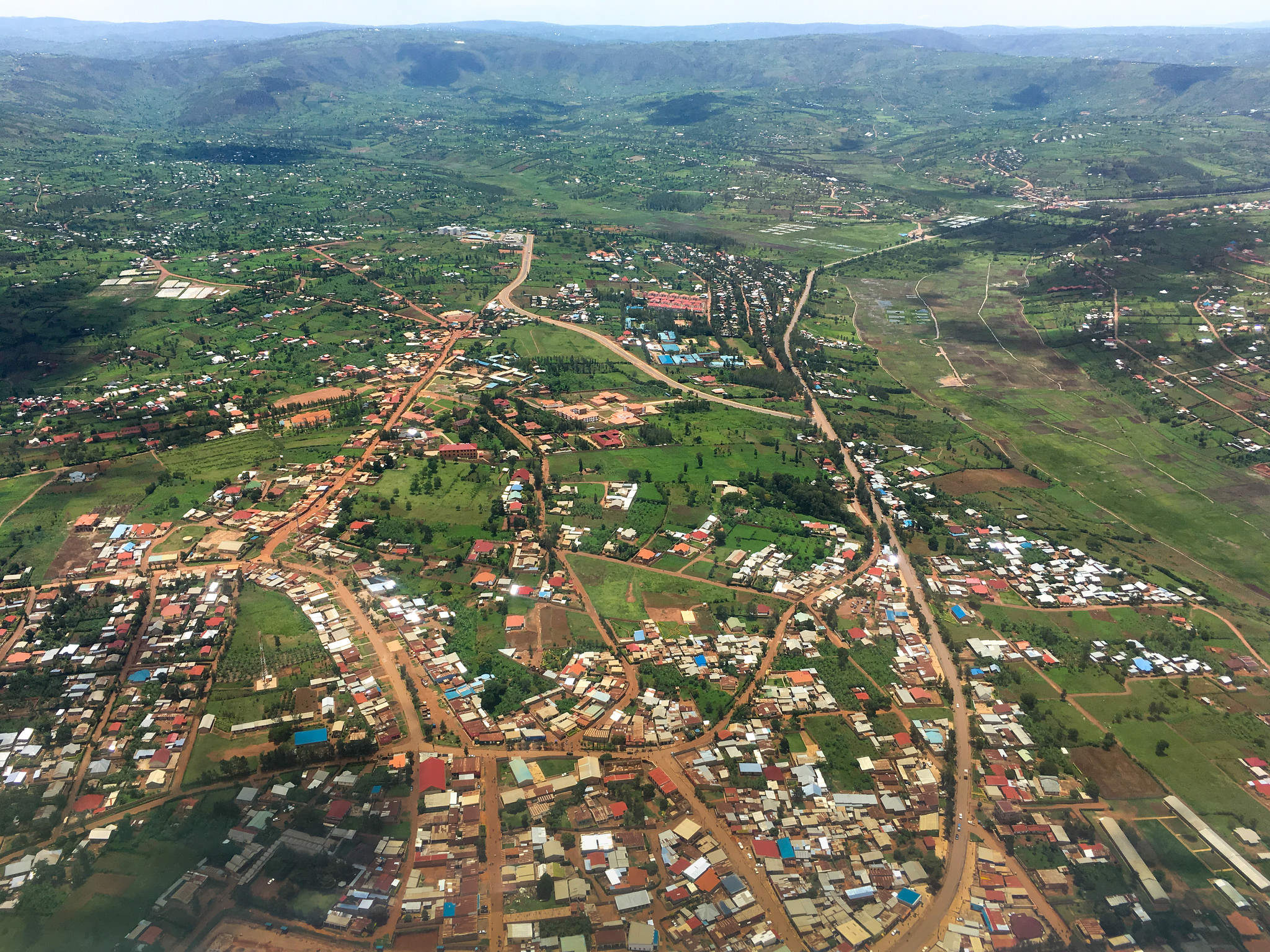
Across Africa, states are investing in major airport projects in a push to advance the continent’s aviation sector.
In November 2017, the African Development Bank signed a Memorandum of Understanding with the IATA to establish a framework for collaboration and boost the aviation sector in Africa – meaning a flurry of construction and modernisation projects are on the cards in the coming years.
In Rwanda, President Paul Kagame laid the foundation stone of the country’s newest transportation hub, the Bugesera International Airport, in August 2017. Expected to be completed by 2019, the airport will be able to accommodate 1.8 million passengers annually.
The development of Bugesera Airport is aligned with Rwanda’s Vision 2020, a comprehensive strategy which aims to transform Rwanda into a middle-income country by the end of the decade. This comes at a time when the country’s economy has bounced back after a slow growth rate in 2016 and the first half of 2017.
This could spell a great opportunity for tourism in Rwanda. In 2016, contribution of travel and tourism to GDP for Rwanda was 11.2%, a speedy increase from only 1.7% in 1997, according to analytics company Knoema.
Zambia

Zambia’s government recently injected $1bn of investment in its civil aviation sector, with the aim of increasing the volume of traffic and passengers arrival in the country, but also the numbers of transiting international passengers.
The country’s aviation sector has long been recognised as stagnant, held back by a lack of airport infrastructure, low human and cargo capacity, and a marked absence of national airlines, but growth is now on the agenda.
The official Presidents Recognition Certificate Award from ICAO, awarded in October 2017, is also hoped to have a positive impact on the country’s economy.
Zambia’s main serving airport, Kenneth Kaunda International Airport, is currently undergoing an expansion programme, expected to finish in 2019. Once open, it will accommodate six million travellers and open up 4,000 extra jobs.
Bolivia

Bolivia is at a relative disadvantage when it comes to its geographic location, isolated to some degree from North America, Europe and Asia. Not only is the country landlocked, but its capital city, La Paz, is situated at high altitude, connected by road and rail links that can be subject to closure.
As such, air transport connections to key markets are vital for its long-term economic development and growth.
According to IATA, the transport sector, including aviation, has played a significant role in supporting economic growth in Bolivia and it is a key component of the economy, accounting for just under 9% of GDP in 2006, when the latest figures date from.
The role aviation plays in Bolivia’s economy was highlighted during a meeting between president of the ICAO Council, Dr Olumuyiwa Benard Aliu and president of Bolivia, Dr Juan Evo Morales Ayma. In bilateral talks, the leaders underscored the importance of encouraging the sustainable development of international air connectivity as a lever for socio-economic development in the country.
Caribbean Islands
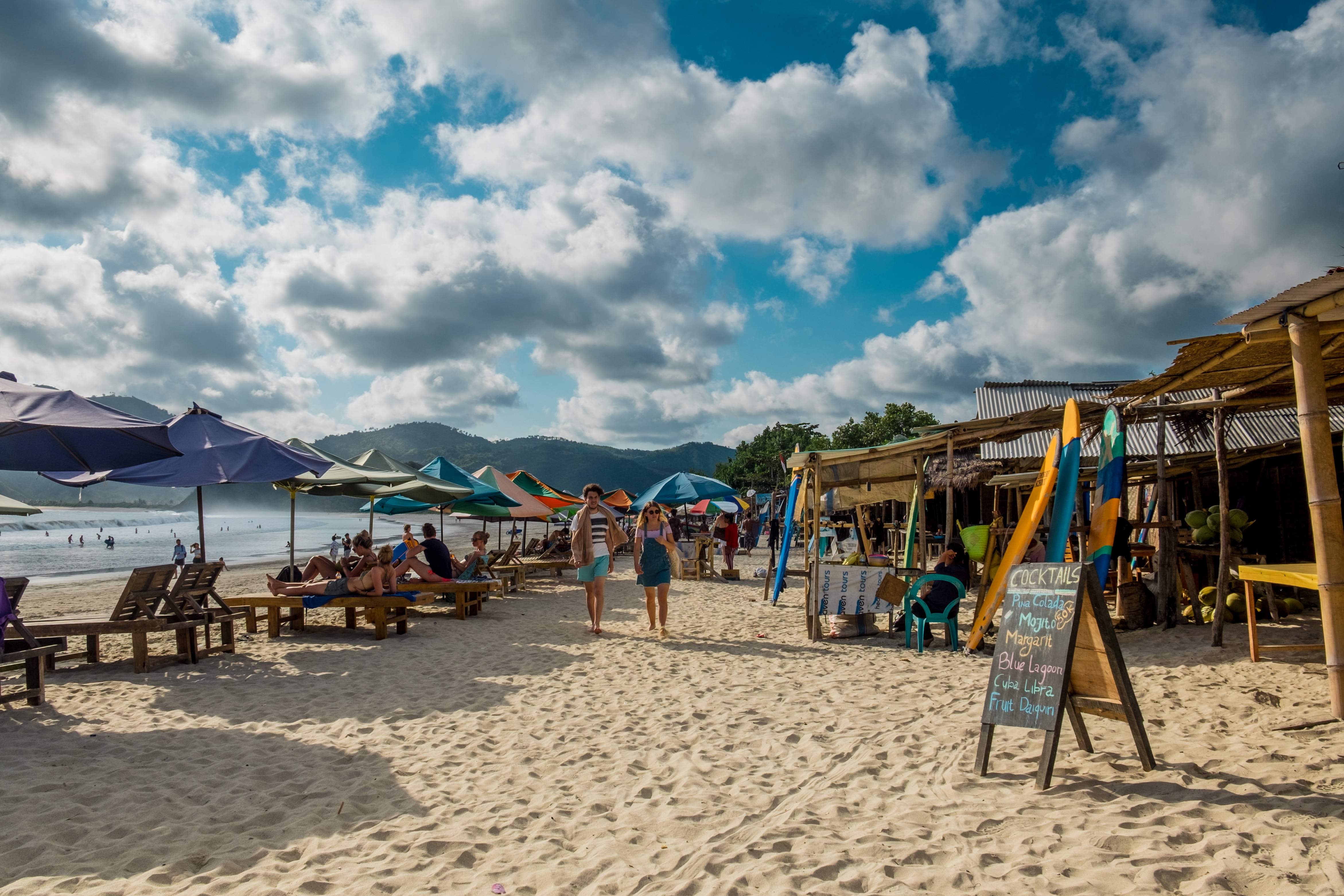
Given the geographical spread of the Caribbean Islands, air transport is a vital link for the local communities, as well as supporting their economic activity.
Although a large part of the region’s economy will rely on the famous Caribbean cruises, half of all tourists who travel to the Caribbean arrive by air, IATA found in 2015.
Aviation supports more than $35.9bn in GDP and over 1.6 million jobs in the region, equivalent to 14% of the total Caribbean economy. In 2014, aviation supported $27bn in tourist spending, of which $24.3bn was leisure tourism and $2.7bn was business tourism.
The region hosts 101 airlines operating commercial services, 91 airports offering commercial service to 881 destinations, out of which 721 are international destinations. Demand for air travel to and from the Caribbean is also forecast to double over the next 20 years, with the market growing from 43 million passengers per annum in 2015 to 86 million passengers per annum by 2035, with the Dominican Republic, Jamaica and Cuba expected to be the top three markets.
Despite the region’s vast access to the maritime economy, IATA states that “without air connectivity, many national economies in the region would be devastated, many businesses would no longer be viable, and many people’s livelihoods would simply disappear”.
One example is the Caribbean Public Health Agency (CARPHA), which tends to 17 million people from Bermuda in the north to Belize in Central America, and Guyana and Suriname on the South American continent. In total, CARPHA tackles health issues across 26 English, Dutch and French speaking nations.
The agency relies heavily on air travel, which allow the speedy delivery of equipment and supplies and facilitates the movement of health professionals across the Caribbean.
“It could cost lives if airlines were unable to assist in the rapid deployment of personnel teams in case of natural disasters and public health emergencies,” IATA’s report states.
Pacific Islands

Although air transport is critical to some of the remote nations that form the Pacific Island Archipelago, unfortunately poor infrastructure and lack of investment in the sector over the years has led to a substandard performance of the sector.
In the Pacific Island countries, tourism contributes on average 20% of GDP and a large share of employment.
However, a study published in the Journal of Economics and Public Finance, looking at the economic impact of the investment, found that there is a “serious deficiency in the areas of aviation infrastructure, safety and security, management efficiency and airport environmental sustainability in Pacific Island countries.”
Launched in 2011, the World Bank Group (WBG) Pacific Islands Aviation Investment Program set out to improve aviation infrastructure, management and operations and make air travel to and from the Pacific Islands safer and more efficient.
Air travel is particularly critical for countries like Kiribati and Tuvalu, among the most remote in the world, with small populations dispersed across several islands and vast expanses of ocean. The programme is currently being implemented in multiple phases, with a total investment of $114m spread across infrastructure, aviation sector reform and strengthening the operations and management of regional airports.
It concluded that the WBG investment is necessary to support tourism, economic development, job creation and a higher standard of living for residents.




